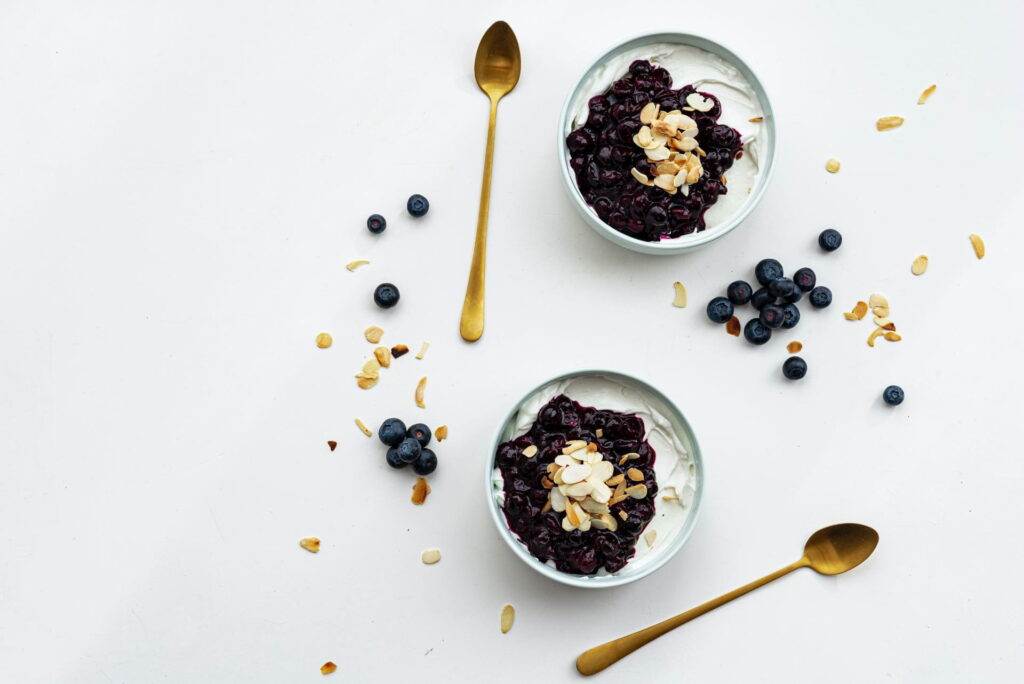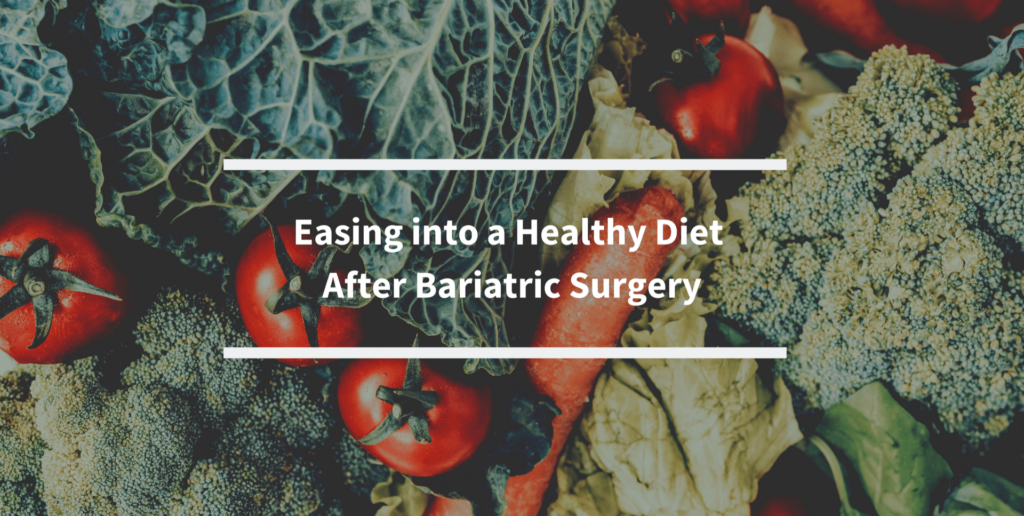After weight loss surgery, the recovery process involves progressing through a diet in four stages. Angie Britt, Supervisor of Patient Service Operations for the Bariatric Weight Loss Surgery Program at Washington University School of Medicine, walks through these stages, with suggested meals and recipes for inspiration.
In the early postoperative stages, there are some limitations on what a patient can safely eat. While the patient is recovering from the operation, they transition through stages of a diet that progress towards reintroducing solid foods.
For meal inspiration and ideas, the Bariatric Weight Loss Surgery Program at the School of Medicine has created Pinterest boards specific to the needs of its patients. Britt shares recipes and insights for each of these postoperative stages.
Week 1: Full Liquid Diet
For the first week after surgery, the patient is on a liquid diet. At this stage, the most important thing is for the patient to make sure they are getting vitamins and nutrients—especially protein, which will be an important part of the patient’s diet for life. On the Post Surgery Full Liquid Diet board, the program has pinned recipes for lemon curd, protein shakes and even caramel apple protein popsicles.
Weeks 2 & 3: Pureed Diet
The patient can have creamy foods during the pureed diet stage in the second and third weeks of recovery. “Sometimes patients will actually go out and buy baby food,” Britt says. Britt preferred yogurt, pudding and instant mashed potatoes. While packaged items like baby food or yogurt are easy options, there are numerous pureed recipes listed on the program’s Pinterest for patients seeking more variety.

Weeks 4 & 5: Soft Foods
From there, the diet advances to soft foods—these include canned foods and anything cooked to a soft consistency. At this stage, Britt found that she was still enjoying many of her favorites from the liquid and pureed diets, but could now expand to try more dishes.
The Post Surgery Pureed & Soft Food Diet Ideas board lists many options, including deviled egg salad and cauliflower mash with ricotta and roasted garlic. Baked ricotta was Britt’s favorite at this stage. “It’s like having an Italian meal with no noodles,” she says. “It still gives you a lot of flavor.” Finding foods that have flavor and variety is important to staying on track with the diet, because these meals help keep the patient invested and interested in what they are eating.
Week 6 & Beyond
Once a patient has recovered from their operation and progressed through the dietary stages listed above, their diet is no longer restricted. It is at this stage that the patient can eat whatever they want—though Britt cautions against indulging. Sticking to high-protein, low-carb options, like those listed in the Post Surgery Recipes board, will help patients achieve the best possible weight loss results.
